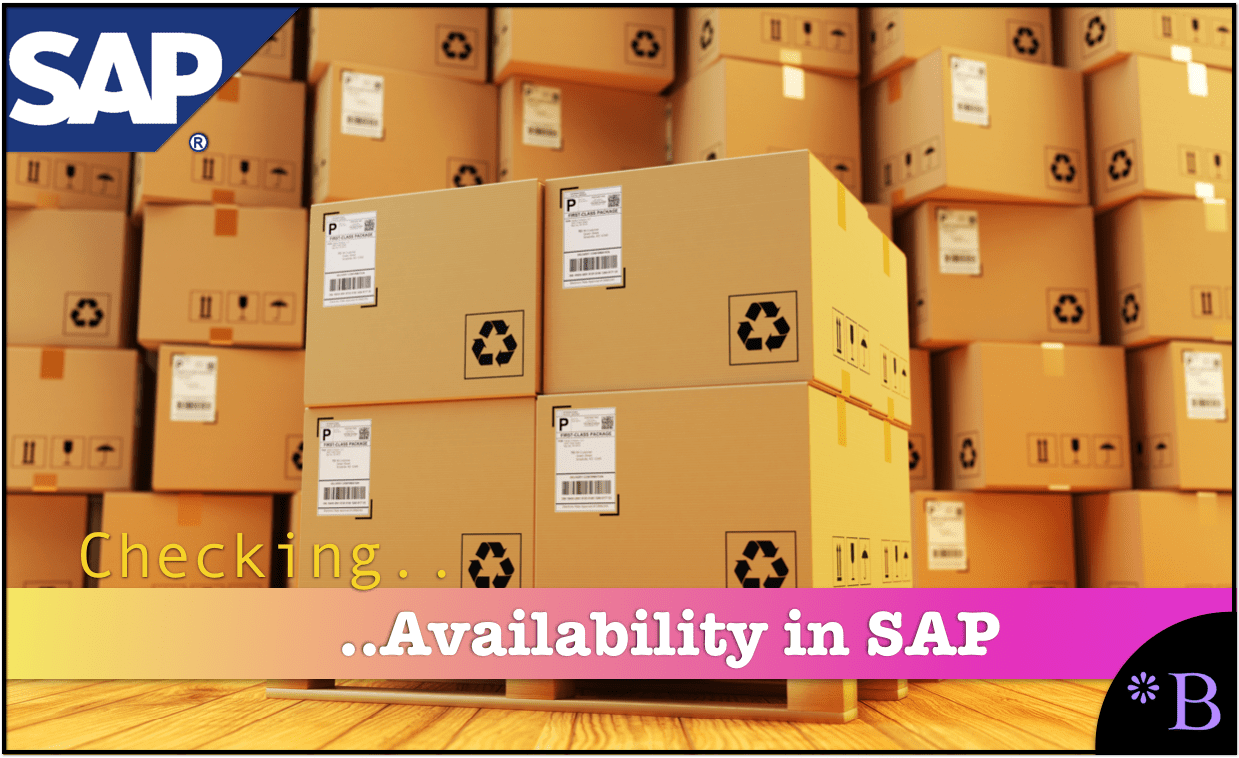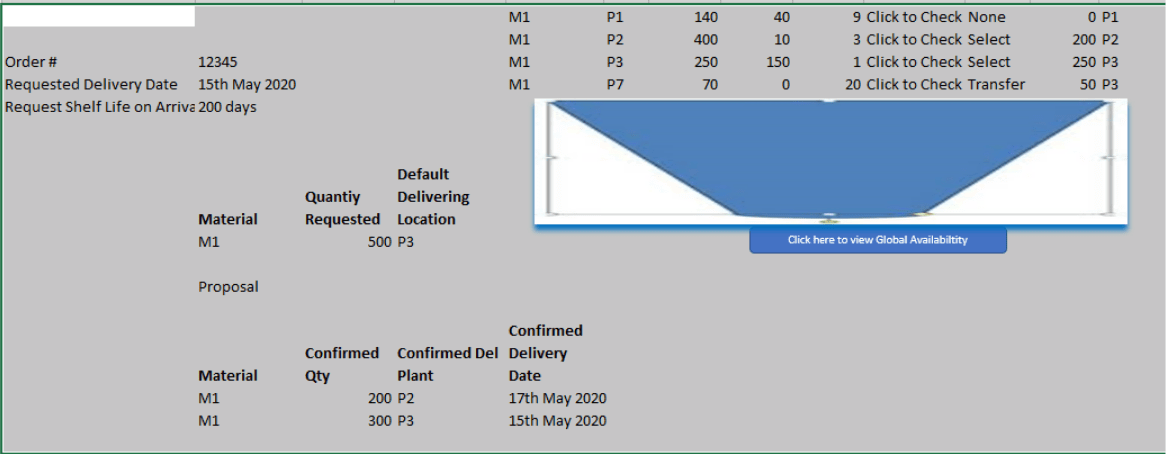The APO ATP Booster Alternative to the GATP Rules Based ATP Check
Executive Summary
- SAP’s ATP functionality is tough to manage.
- We cover an alternative to the GATP ATP check.

Introduction
The following is a brief list of the common problems with the GATP Rules Based ATP check.
See our references for this article and related articles at this link.
- The Rules Based ATP check requires maintenance of rules and conditions for rule determination and scheduling that soon outlive their utility value.
- The Rules Based ATP functionality is impractical. No matter how ‘thoughtfully done.
- Source Determination in requirement documents like sales orders and stock transport orders needs to respect several constraints in a vast supply network, and the same cannot be ‘modelled’ with master data like Rules Based ATP check.
About SAP GATP’s History
GATP has been the most abused module in SAP APO.
The abuse was primarily driven by a basic set of delivery plant determination in Sales Order/Requirement Documents in SAP standard. The regular basis of delivery for location determination and the ATP check on that delivery location was the default delivery plants based on customer, material, or customer material Info record. However, confirmation of a requirement entails several drivers other than ATP quantity on a material availability date at a ‘determined’ location.
The “promise” part of Global Available to promise is not a promise to the customer. Subsequent steps like backorder processing, delivery, picking, shipping, Availability of shipping resources, the capacity of the warehouse, etc., can and will change confirmation dates, quantities, and delivery locations again. This makes the whole fulfillment process jittery. The customer promise is broken.
- When a customer imposes penalties for late or early deliveries, the situation worsens. Often customers, especially in commodities and retail industries, have specific time windows in which they accept delivery.
- The additional complexity of fulfilling multiple products from multiple DCs and manufacturing locations in the network to be delivered on a specific day at the customer location involves complex unsolvable scheduling and ‘delivery group correlation’s issues.
The Issue(s) with Rules-Based ATP Check
Rules-based ATP only checks the following:
- Does an alternate Location exist and whether that location has ATP quantity required?
- Does an alternate Product exist and whether that product has the ATP quantity required at the original / Alternative location?
- Can demand be fulfilled from multiple locations? And accordingly proposes a Confirmation Date, Confirmed quantity, Delivery location(s) that can be adopted or rejected.
Rules-based ATP does not check
What is the cost tradeoff between location A vs. B?
- Whether there is adequate capacity at the alternate delivery location to make good the promise?
- Whether the Oldest stock in the network is shipped out first (and choose accordingly delivery plant)?
- Whether the stock of a particular age is available?
- Any other location not maintained in the rule?
- Any other location not a part of the supply chain ‘model’?
- How much does it cost for actually shipping the goods from alternative locations?
- Is there a delivery location where all products are available right now (e.g., retail warehouse)
- Availability of shipping resources to fulfill the promised delivery date ‘Automatically’ move the stock that you specifically want to move from one location to another. (e.g., stock of a specific batch)
Our Alternative to Rules Based ATP Check
Our solution eliminates the need for the Rules based ATP check.
Our ATP Booster provides the order management resource a screen that answers the following questions:
- Where in the network is the stock available now, and approx how many days worth of inventory is it?
- What is the current demand at those locations (customer orders, STOs, STRs)?
- What is the aging profile of the stock? In case shelf life on arrival at customer location needs to be respected.
The customer service representative then chooses one or more delivering plants at which the requirement can be confirmed such that all constraints not modeling in the system are respected.
Simulated Stock transfer orders can be created from another location to the delivering site while in the session.
Finally, the Booster carries out the ATP check at the delivery locations to determine the confirmation date to the customer.
See the following mockup.

In this example, the customer service chose two delivery locations as that was the ‘best’ thing to do.
A stock of 50 was moved (Stock transfer requisition) from P7 to P3 as that stock will expire soon.
How to Get Access to this Booster?
You get his booster for free for any SAP customer who signs up for our Managed Support. This is unlike no other standard support offered in the market.
This presentation illustrates the problems with SAP support and how LaunchPad SAP Support addresses these shortcomings.

What Kind of Support is This?
If this does not sound like standard support, you are right. And that is the point.
We designed our support to help our customers get the most out of SAP, not to maximize our margin or to try to protect previous sales inaccuracies. We know how to get your SAP applications working better.
To see the broader information about our SAP support see our main SAP Support Page.